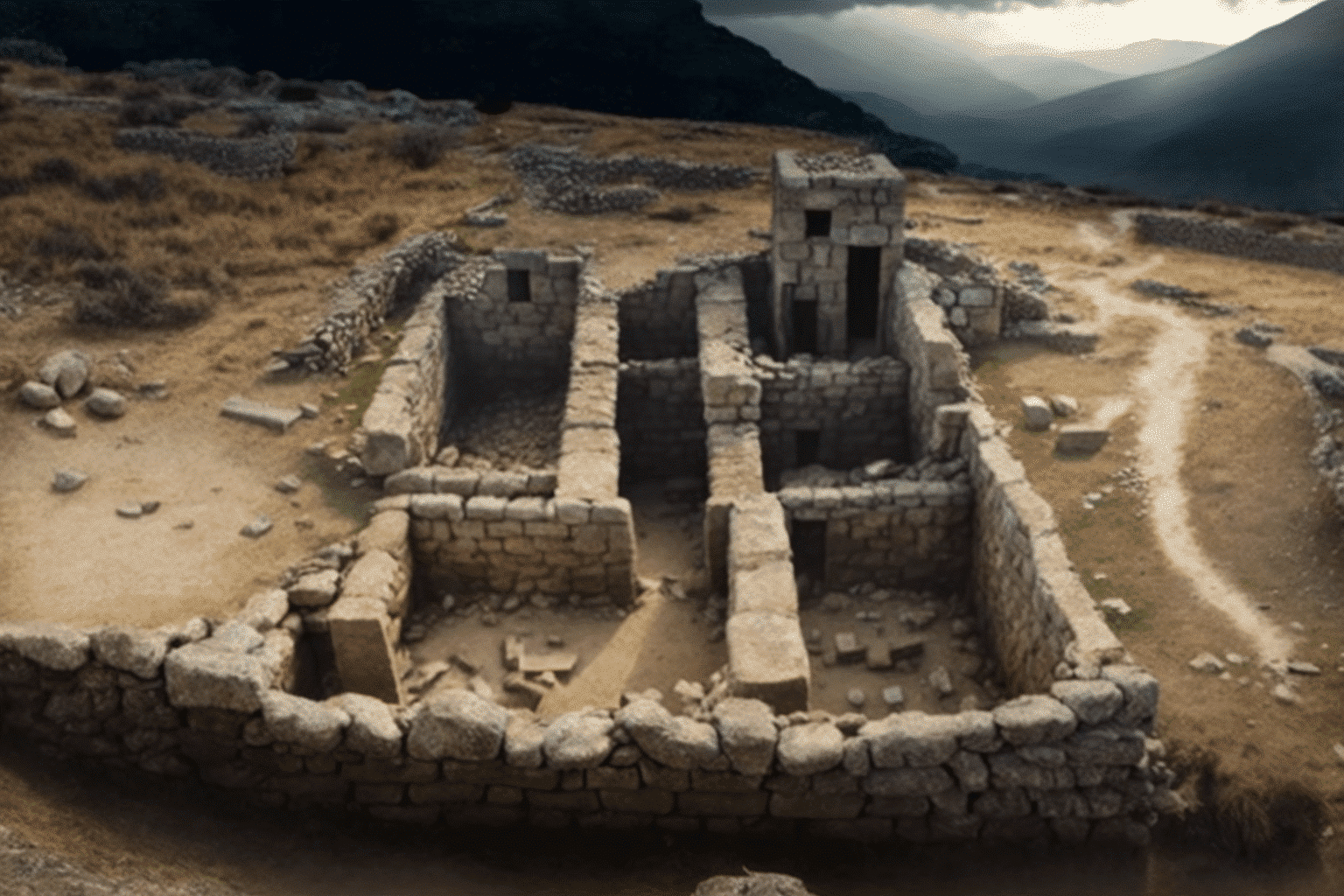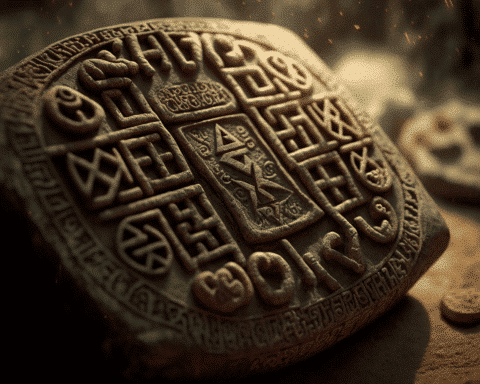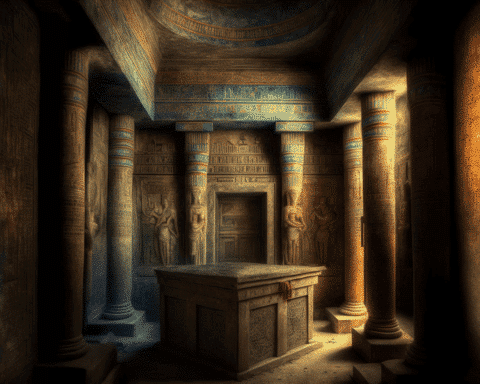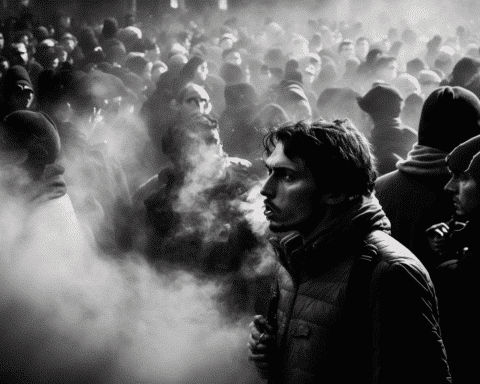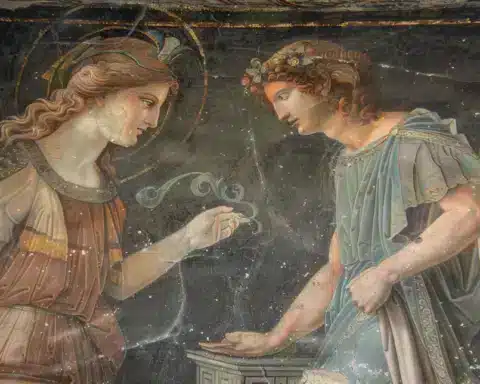In the Peruvian Andes, archaeologists have unearthed an Inca bath complex dating back 500 years, which is thought to have been used by the elite members of the expansive empire that once ruled vast portions of South America.
The bathing complex was discovered near the “House of the Inca” within central Peru’s Huanuco Pampa archaeological area. Local archaeologists suggest that the bath might have held religious significance for high-ranking individuals of the Inca empire, which reached from southern Ecuador to central Chile five centuries ago.
Luis Paredes Sanchez, the project manager at Huanuco Pampa, stated that the structure resembled “more hierarchical, restricted, and sacred spaces within the Inca administrative centers, as they were not only for utilitarian or hygienic purposes but also for religious functions and ancestor worship.”
Measuring an average depth of two meters, the “finely carved” bath features separate pools, spillways, and a central passageway that channels water into a drainage system, dividing the room into two small platforms or “benches” intended for the Inca, according to Peru’s culture ministry.
The Huanuco Pampa archaeological site is part of the Qhapaq Nan project, an intricate 25,000-kilometer-long road network connecting Ecuador, Colombia, Peru, Bolivia, and Argentina. This road system was designated as a World Heritage Site in 2014.
Peru boasts numerous archaeological sites nationwide, such as the Machu Picchu citadel in the Inca capital of Cusco and the Nasca lines—enormous patterns etched into Ica’s coastal desert region over 1,500 years ago.
The recent discovery of the Inca ceremonial bath highlights Peru’s rich and diverse cultural heritage. It also offers new insights into the Inca empire’s daily life, rituals, and social structure. Further investigations and preservation efforts are expected to continue at the Huanuco Pampa archaeological site, contributing to a deeper understanding of the Inca civilization.
The Qhapaq Nan project, which encompasses the Huanuco Pampa site, has led to numerous archaeological findings in the region. These discoveries have not only enhanced the knowledge of the Inca empire but also promoted tourism, as history enthusiasts from around the world travel to these sites to explore the ancient civilization.
As researchers and archaeologists uncover more of Peru’s historical treasures, they hope to understand better the complex societies that once inhabited the region. These findings also help to preserve and protect the unique cultural heritage of the Andean region, promoting awareness and appreciation for these ancient civilizations.
Peru’s Ministry of Culture plans to further invest in archaeological research and preservation projects throughout the country to safeguard these invaluable historical sites for future generations. Additionally, the ministry is developing sustainable tourism initiatives, ensuring visitors can learn about and appreciate Peru’s history without causing harm to the delicate archaeological sites.
